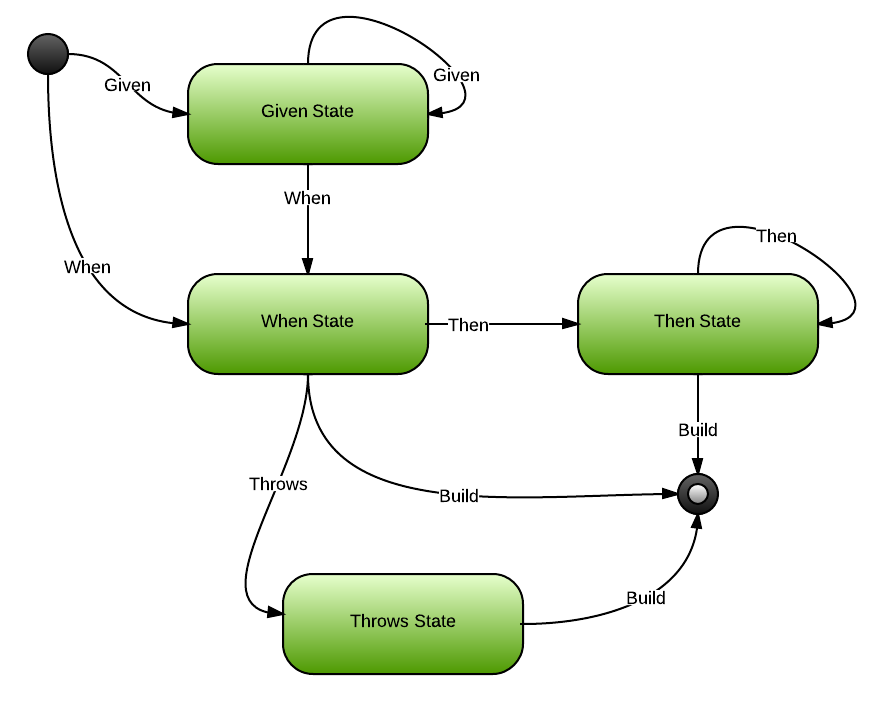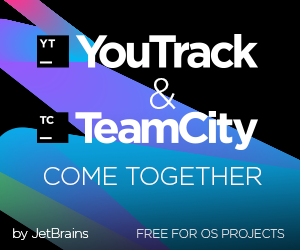This library/code provides lightweight infrastructure for doing eventsourcing using aggregates. It's not a framework, and it never will be. Period.
The preferred way of using it, is copying it into your project and getting rid of all the cruft you don't need.
It's well suited for those scenarios where multiple aggregates need to collaborate and is lenient to saving multiple aggregates in one go should your underlying store allow you to do so or your problem domain require you to do so. Of course, nothing is holding you back from throwing when multiple aggregates have been changed. I just think this shouldn't interfere with the programming model you use. Granted, for affecting only one aggregate, there are simpler solutions and to be honest, what I bring you here is in no way unique:
- https://github.com/gregoryyoung/m-r
- https://github.com/joliver/CommonDomain
- https://github.com/Lokad/lokad-iddd-sample
- https://github.com/thinkbeforecoding/m-r
- https://github.com/elliotritchie/NES
- https://github.com/jhicks/EventSourcing
- https://github.com/tyronegroves/SimpleCQRS
A base class for an aggregate root entity that does the usual initialization and change tracking that people have come accustomed to when doing eventsourcing in a domain model. It's a bit opnionated, in that it
- doesn't force any interfaces down your throat like IEvent, because a base class is enough coupling as it is,
- leaves "identifier" management up to you, because everyone has a different opinion on how this should work,
- leaves "versioning" up to you, because that's meta data that has little to do with the aggregate's behavior,
- leaves "entity" management up to you and I promise, I'll never do this for you (beyond the Entity class below, that is).
It's meant to be used in your "domain model" code. The base class has before/after apply hooks for those that want to use in-process domain events to support such things as domain events and deferred validation.
A base class for entities (not the root obviously) within an aggregate that allows them to hook into the replay and recording functionality of the aggregate root. There's no magic here, it just alleviates you from writing boring, repetitive code.
A separate concept for an aggregate that is mainly used as a wrapper around the aggregate root entity. It carries around version information that your preferred eventstore might fancy between reads and writes to perform optimistic concurrency updates. Don't use it in your "domain model" code. It's meant for infrastructure code.
It has a Get that throws when an aggregate was not found, a GetOptional to attempt to read an aggregate when you're not sure it's there (yet), and Add, well to add an aggregate to the change tracking (i.e. the Unit of Work). This is a point of integration with an event store and even dedicated read models that act as secondary indexes. Implementations should also takes a unit of work that acts both as an identity map and an indirect change tracker. AggregateSource repositories are collection oriented and therefor don't save. Your code does (http://codebetter.com/iancooper/2011/04/12/repository-saveupdate-is-a-smell/).
Oddly enough it does not commit/save/persist. Its role is reduced to tracking multiple aggregates and to hand you back those that have changed. What you do with those changed aggregates, well, that's your business. Usually there's another point of integration with the event store, on the write side, that is interested in persisting the events in these changed aggregates. Use this to get them.
Helps you write test specifications, using a simple, codified statechart and a fluent syntax.
This fluent syntax comes in two flavors (for now). One is targetted at writing collaborating aggregate test specifications, the other at writing single aggregate test specifications. This begs the question: "Which one should I use?". The simple answer is: "Whichever one is more appropriate for the situation.".
new Scenario().
Given(RoleId,
new AddedRole(RoleId, RoleName),
new AddedPermissionToRole(RoleId, PermissionId),
new RolePermissionDenied(RoleId, PermissionId)).
When(new DenyRolePermission(RoleId, PermissionId)).
AssertNothingHappened();
// or
new Scenario().
Given(RoleId,
new AddedRole(RoleId, RoleName)).
When(new DenyRolePermission(RoleId, UnknownPermissionId)).
AssertThrows(new Exception("Yo bro, the permission is not known to me."));
// or
new Scenario().
Given(RoleId,
new AddedRole(RoleId, RoleName)).
When(new AddPermissionToRole(RoleId, PermissionId)).
Then(RoleId,
new AddedPermissionToRole(RoleId, PermissionId)).
Assert();Testing aggregate (root entity) methods comes in 3 variations: factory, command and query. Factory methods give birth to new aggregates. This is similar in spirit to what is described here. Command methods change the state of the aggregate but do not return a value. Query methods return a value but do not change the observable state of the aggregate. Principles that reenforce this way of thinking and testing are CQS and TDA.
// Factory example
new FactoryScenarioFor<Concert>(Concert.Factory).
Given(
ConcertEvents.Planned(ConcertId)).
When(sut => sut.StartTicketSale(TicketSaleId, DateTimeOffset.UtcNow.Date)).
Then(
TicketSaleEvents.Started(TicketSaleId, ConcertId, DateTimeOffset.UtcNow.Date, 100)).
Assert();
// Command example
new CommandScenarioFor<Concert>(Concert.Factory).
Given(
ConcertEvents.Planned(ConcertId)).
When(sut => sut.Cancel("Lead singer OD'ed.")).
Then(
ConcertEvents.Cancelled(ConcertId, "Lead singer OD'ed.")).
Assert();
// Query example
new QueryScenarioFor<TicketSale>(TicketSale.Factory).
Given(
TicketSaleEvents.Started(TicketSaleId, ConcertId, DateTimeOffset.UtcNow.Date, 100)).
When(sut => sut.GetAvailability()).
Then(new SeatCount(100)).
Assert();Mind that the Assert* methods are not in the box. It's an integration point between the test specifications and your testing framework of choice. Leverage its asserts to execute the specification.
Looking for an example? Head on over to the Testing folder of the SampleSource project. The principles discussed here are easily applicable to other frameworks and libraries. Feel free to steal ...
Licensed using a BSD 3-Clause License. See License.txt for more details
RunRightOffThe.bat provides a sanity check. It's a combination of RunMeFirst.bat and RunBuild.bat. Before working with the solution it's probably best to run the RunMeFirst.bat, well, first. It restores NuGet packages and downloads and unzips a version of GetEventStore. RunBuild.bat and RunTest.bat should speak for themselves.
The build is generously hosted and run on the CodeBetter TeamCity infrastructure, courtesy of JetBrains.
| Status of last build | |
|---|---|
| master |

